The giraffe, with its towering neck and serene demeanor, holds a biological secret that has long fascinated scientists. Despite having blood pressure double that of humans—a staggering 220/180 mmHg—these majestic creatures rarely suffer from the catastrophic brain hemorrhages that such hypertension would cause in other mammals. This paradox has led researchers on a quest to unravel the evolutionary adaptations that protect giraffes from their own circulatory extremes.
At the heart of this mystery lies the giraffe's extraordinary cardiovascular system. Unlike humans, where high blood pressure often damages delicate blood vessels, giraffes have evolved reinforced arteries and specialized valves to manage their hypertensive reality. Their jugular veins feature a unique series of one-way gates that prevent blood from rushing back toward the brain when the animal lowers its head to drink. This natural "pressure relief system" acts like an elevator's emergency brake, maintaining cerebral stability during drastic positional changes.
The giraffe's brain receives protection through multiple anatomical innovations. A web of tiny blood vessels called the rete mirabile ("wonderful net") cushions the brain from pressure surges by dissipating force across hundreds of branching pathways. Meanwhile, the thick, elastic walls of their major arteries can withstand pressures that would rupture human vessels. These adaptations didn't emerge by accident—they represent millions of years of evolutionary fine-tuning to accommodate the giraffe's vertical lifestyle.
Recent studies have uncovered remarkable details about giraffe genetics that contribute to their hypertension resistance. Comparative genomic analyses reveal mutations in genes responsible for cardiovascular development, particularly those governing blood vessel strength and heart muscle function. One key finding involves the FGFRL1 gene, which in giraffes shows unique modifications that may confer both skeletal growth (for their long necks) and cardiovascular protections—a brilliant example of evolutionary multitasking.
The giraffe's heart itself is a muscular marvel. Weighing up to 25 pounds and measuring two feet long, this powerful pump generates enough force to push blood eight feet straight upward. Yet unlike human hearts damaged by chronic hypertension, the giraffe's cardiac muscle shows exceptional resistance to fibrosis and thickening. Researchers speculate this resilience comes from specialized proteins that maintain heart tissue elasticity despite constant extreme workloads.
Perhaps most intriguing are the implications for human medicine. By studying how giraffes avoid the devastating consequences of high blood pressure—stroke, heart failure, and kidney damage—scientists hope to identify new therapeutic targets. Pharmaceutical companies are already investigating whether compounds mimicking giraffe-specific proteins could help protect human blood vessels from hypertension-related damage. This cross-species research exemplifies how understanding nature's solutions to extreme physiological challenges might revolutionize modern medicine.
The giraffe's evolutionary journey offers more than just biological fascination—it provides a masterclass in cardiovascular adaptation. From reinforced blood vessels to pressure-regulating neural networks, every aspect of their physiology demonstrates nature's ingenuity in solving the problems created by their unusual anatomy. As research continues, these gentle giants may hold the key to unlocking new treatments for the millions of humans suffering from hypertension-related conditions, proving once again that medical breakthroughs often come from the most unexpected places in the natural world.
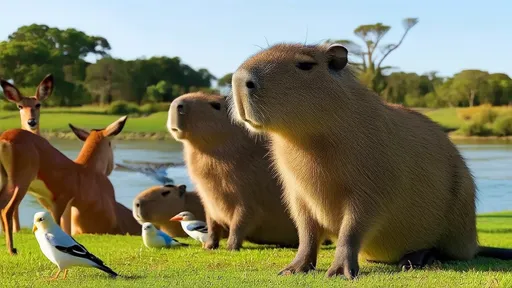
By /Jun 10, 2025
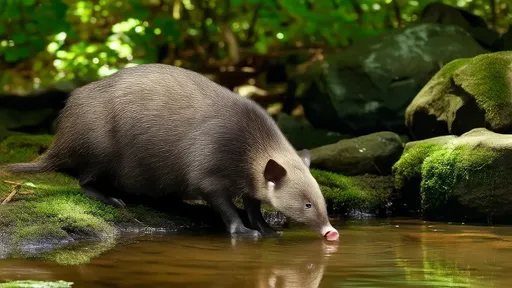
By /Jun 10, 2025
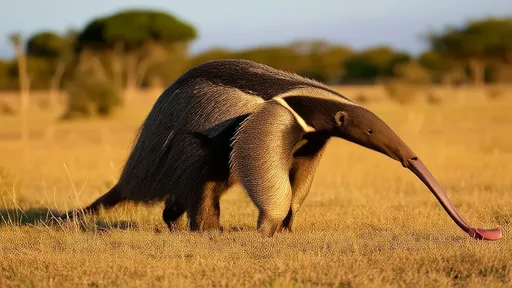
By /Jun 10, 2025
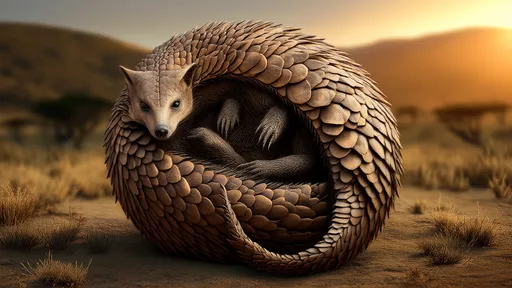
By /Jun 10, 2025
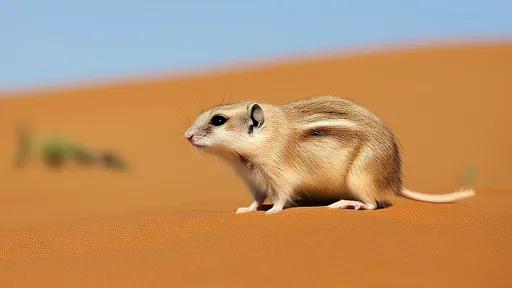
By /Jun 10, 2025
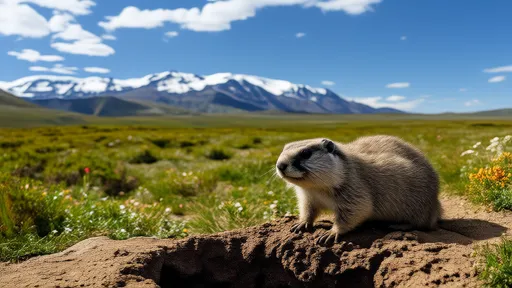
By /Jun 10, 2025
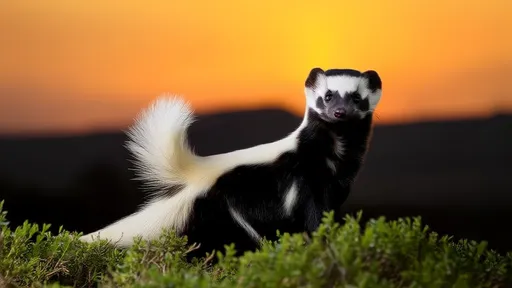
By /Jun 10, 2025
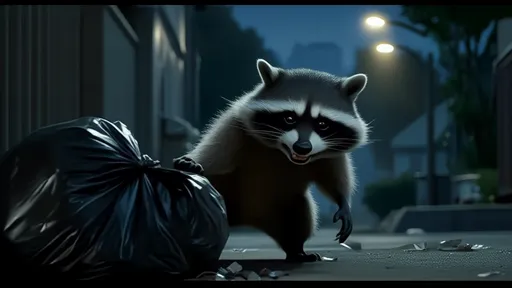
By /Jun 10, 2025

By /Jun 10, 2025
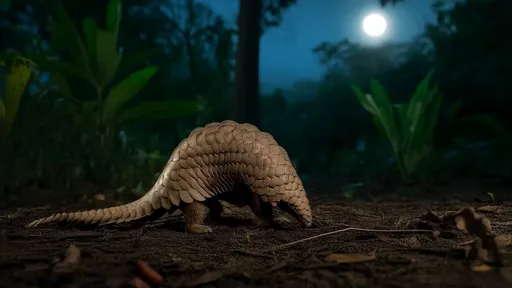
By /Jun 10, 2025
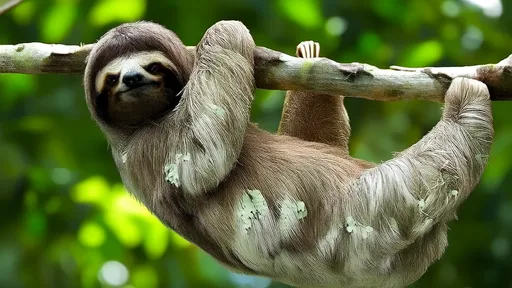
By /Jun 10, 2025
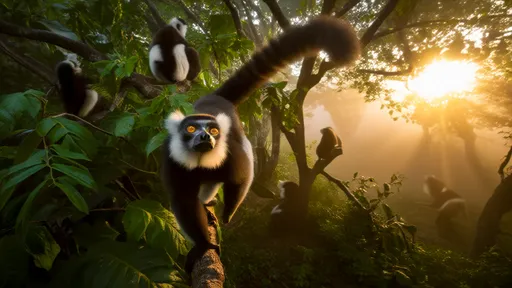
By /Jun 10, 2025

By /Jun 10, 2025
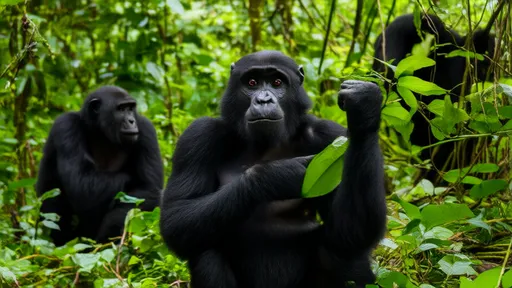
By /Jun 10, 2025
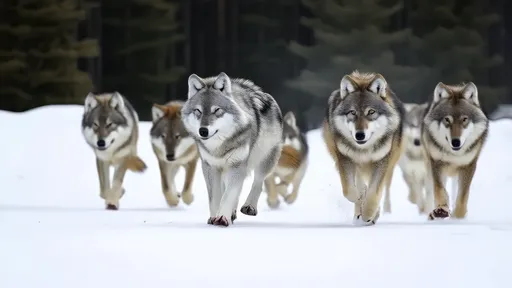
By /Jun 10, 2025
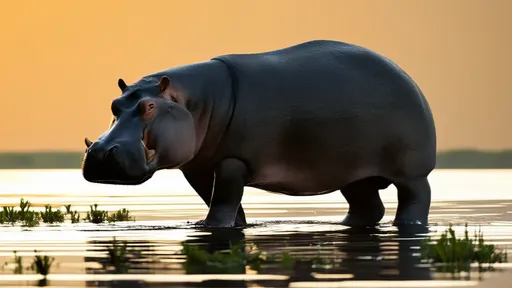
By /Jun 10, 2025
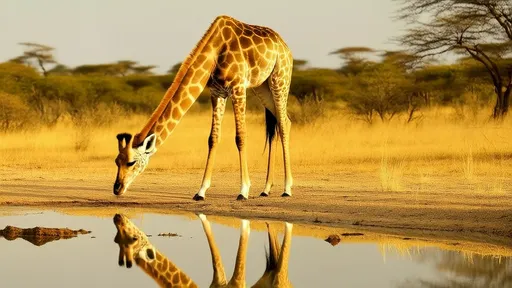
By /Jun 10, 2025